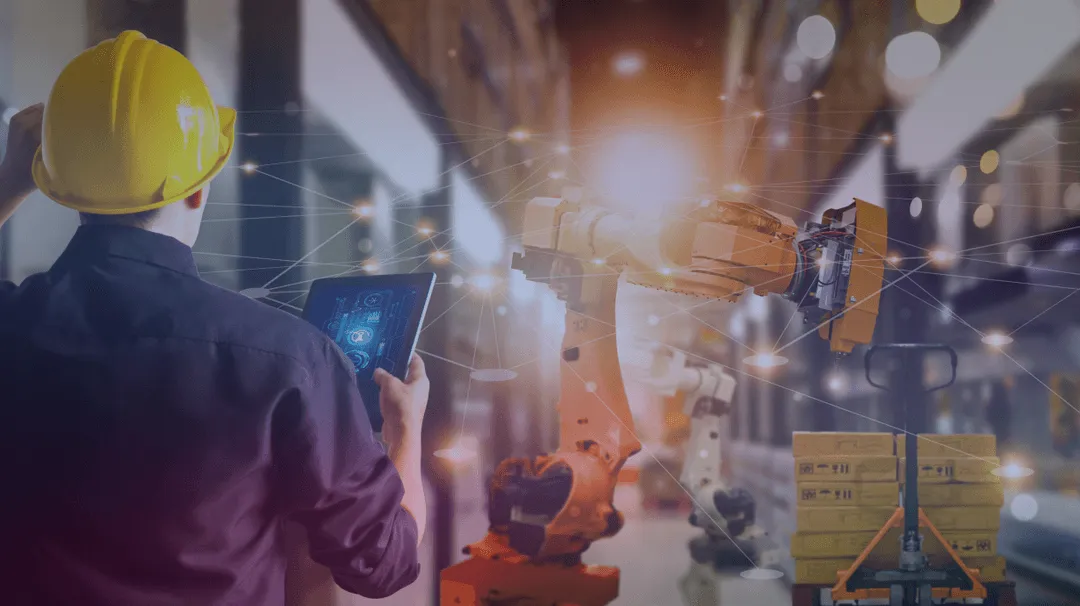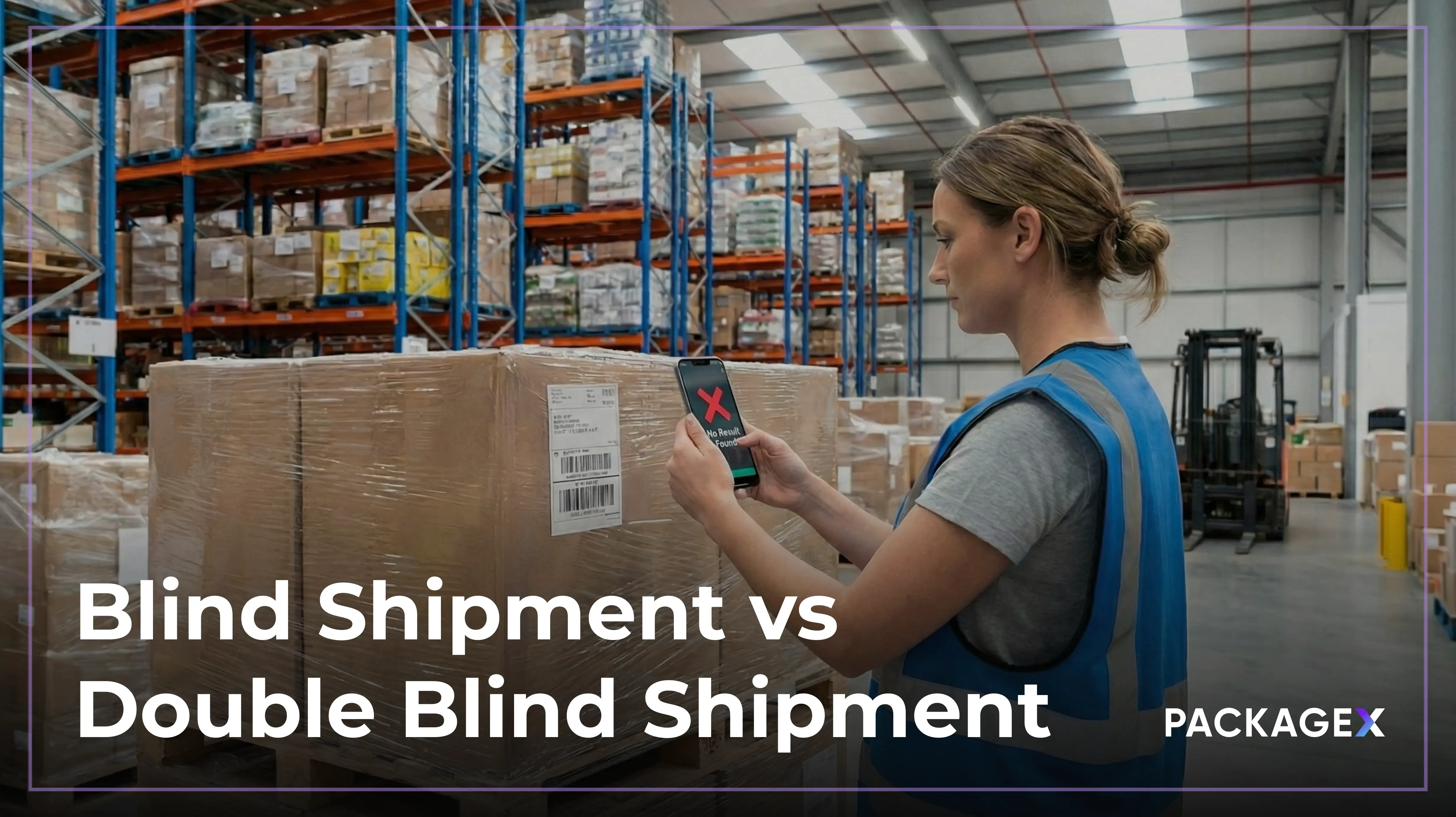In today's rapidly evolving supply chain landscape, one thing is clear: staying competitive requires more than just incremental improvements. Businesses need transformative innovations, and warehouse robotics is emerging as one of the most promising frontiers in this space. From tackling labor shortages to improving speed and accuracy in logistics operations, robotics is reshaping warehousing and, by extension, the entire supply chain.
But what makes warehouse robotics so critical now? Let's explore the current challenges, the opportunities robotics presents, and what lies ahead for this groundbreaking technology.
The Current State of Warehousing: Challenges and Opportunities
The warehousing industry is under immense pressure. E-commerce has skyrocketed, consumers are demanding faster deliveries, and labor shortages are becoming severe. Traditional manual processes in warehouses are increasingly struggling to keep up. The more inventory and data you handle, the greater the chances for mistakes, missed deadlines, and operational bottlenecks.
Labor is also becoming more expensive and more complicated to find. The U.S. Bureau of Labor Statistics projects that the warehousing and storage industry will face a growing gap between worker demand and available supply. Compounded by the pandemic, many businesses struggle to meet growing consumer demand while facing severe staffing shortages. This is where robotics presents a huge opportunity.
Robotics in Warehousing: A New Era of Efficiency
Warehouse robotics represents the next stage of automation. These machines are not just about speed but precision, efficiency, and scalability. Robotic systems—whether automated guided vehicles (AGVs) transporting goods, robotic arms picking and packing orders, or automated sorting systems—are designed to streamline operations.
The immediate benefits of robotics in warehouses are clear:
- Increased Speed: Robots can move products faster and more efficiently than human workers, reducing cycle times.
- Greater Accuracy: Automation reduces human error, which is especially important in order picking and inventory tracking tasks.
- Cost-Effectiveness: While the initial investment is significant, the long-term savings on labor costs, training, and error correction quickly offset these upfront costs.
Perhaps warehouse robotics' most valuable contribution is enabling real-time decision-making through data integration. These systems can feed data into warehouse management systems (WMS), providing insights that help optimize inventory control, order fulfillment, and resource allocation.
The Impact on Workforce Dynamics
There’s a common fear that warehouse robotics will replace human jobs, but the reality is far more nuanced. Robotics is about augmenting the workforce, not replacing it. While robots can take over repetitive, dangerous, or tedious tasks, humans remain essential in overseeing operations, maintaining robots, and handling exceptions that require problem-solving.
Robots don’t eliminate jobs—they change them. As robots take over manual tasks, workers can be upskilled to perform higher-value tasks such as robot maintenance, data analysis, and warehouse process optimization. Additionally, the rise of collaborative robots, or cobots, allows humans and robots to work together, improving productivity without sacrificing jobs.
Technological Advancements Driving Warehouse Robotics
Several key advancements are making warehouse robotics more sophisticated and accessible:
- AI and Machine Learning: Modern robots increasingly use AI and machine learning to make real-time intelligent decisions. They can learn from data and adapt to changing environments, making them more versatile.
- Sensors and IoT Integration: Sensors are the “eyes” of robotic systems, allowing them to navigate complex environments, avoid obstacles, and precisely handle materials. When combined with IoT technologies, robots can communicate with each other and the broader warehouse network, enabling more cohesive operations.
- Autonomous Vehicles and Drones: Autonomous delivery robots and drones are still in the early stages but are quickly becoming game-changers for inventory management and last-mile delivery, especially in large-scale warehouses.
Future Trends: Where is Warehouse Robotics Headed?
Warehouse robotics is far from reaching its peak. As businesses continue to experiment and innovate, several exciting trends are shaping the future of the field:
- Warehouse-as-a-Service (WaaS): Imagine on-demand warehouse spaces fully automated. This is no longer science fiction but a concept already piloted by a few forward-thinking companies. Warehouses will become more flexible, scalable, and data-driven, allowing businesses to use space and resources more efficiently.
- Sustainability: Robotics can contribute to more sustainable operations by optimizing routes, reducing energy consumption, and reducing material waste. Energy-efficient robots and automated systems can help businesses meet sustainability goals while cutting costs.
- Global Supply Chain Connectivity: when integrated with AI and IoT, Robotics will play a critical role in creating globally connected supply chains. Automated warehouses will feed real-time data into a more extensive, interconnected system that allows for faster decision-making, greater transparency, and more resilience to disruptions.
{{returns-webinar}}
Preparing for the Robotic Revolution
As warehouse robotics continues to advance, the question for supply chain leaders is no longer whether they should adopt these technologies but how quickly they can integrate them into their operations. Those who embrace warehouse robotics today will solve many of the industry's challenges and set themselves up for long-term success in a rapidly evolving market.
The future of supply chain innovation is already here, and warehouse robotics is at its forefront. The next frontier is no longer ahead of us—it's happening now. Are you ready?




